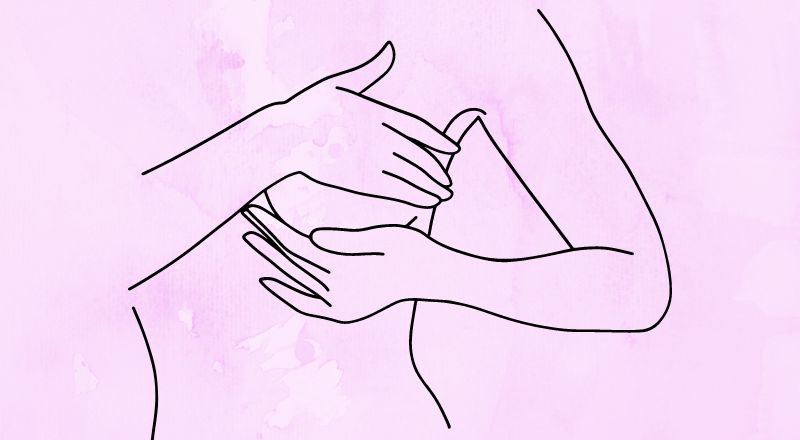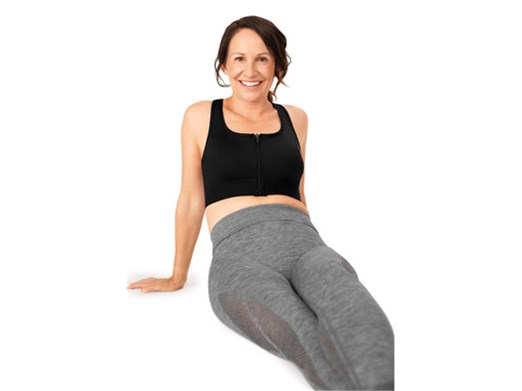How to check your breasts
Doing a self check of your breasts each month is a simple way to be proactive about your breast health

You might
have seen the phrases ‘feel it on the first' or 'feel them on the first’ pop up
around the first of each month.
It’s a simple reminder to do a self-breast check each month.
As we know, early detection of breast cancer is key & may save your life.
It’s also good to know what your normal is, so you can easily recognise abnormalities & changes in your breast.
The Importance of Monthly Breast Checks
Breast cancer is one of the most common cancers among women worldwide. Early detection significantly increases the chances of successful treatment and survival. Monthly breast checks are a simple, non-invasive way to monitor your breast health regularly. These self-exams help you become familiar with the normal look and feel of your breasts, making it easier to notice any changes.
How to Perform Your Monthly Breast Check:
Performing a monthly breast check is straightforward and can be done in the comfort of your home. Here’s a step-by-step guide:
1. Timing: The best time to perform a breast self-exam is a few days after your menstrual cycle ends when your breasts are least likely to be swollen or tender. If you no longer have periods, select a consistent day each month.
2. Visual Inspection: Stand in front of a mirror with your shoulders straight and your arms on your hips. Look for any changes in the contour, swelling, dimpling of the skin, or changes in the nipples.
3. Raise Your Arms: Next, raise your arms and look for the same changes.
4. Look for Fluid: Check for any fluid discharge from the nipples, which could be watery, milky, yellow fluid or blood.
5. Lie Down for a Palpation: When lying down, use your right hand to feel your left breast and your left hand to feel your right breast. Use a firm, smooth touch with the first few fingers of your hand, keeping the fingers flat and together. Use a circular motion about the size of a 20 cent coin.
6. Check the Breast Area: Follow a pattern to ensure you’ve checked the entire breast. You can start at the nipple, moving in larger circles until you reach the outer edge of the breast. Alternatively, you can move your fingers up and down vertically, in rows.
7. Check While Standing or Sitting: Many women find that the easiest way to feel their breasts is when their skin is wet and slippery, so they prefer to do this step in the shower. Check the entire breast, using the same hand movements described above.
What if
I find a lump or notice a change?
Finding a lump during your monthly breast check can be alarming, but it’s important to remember that most breast lumps are not cancerous. They could be benign like a cyst or fibroadenoma. However, you should still contact your healthcare provider promptly to have any new or unusual lumps evaluated.
Remember,
early detection is key, and doing a monthly breast check is another way to stay
proactive about your breast health.







